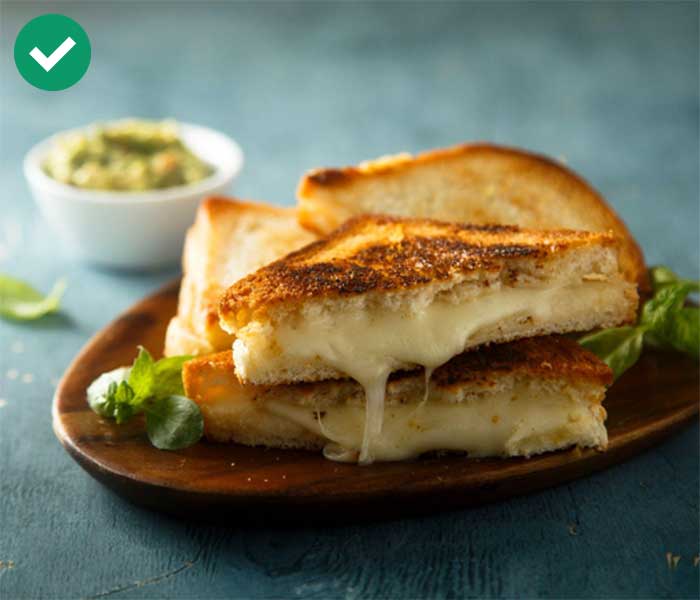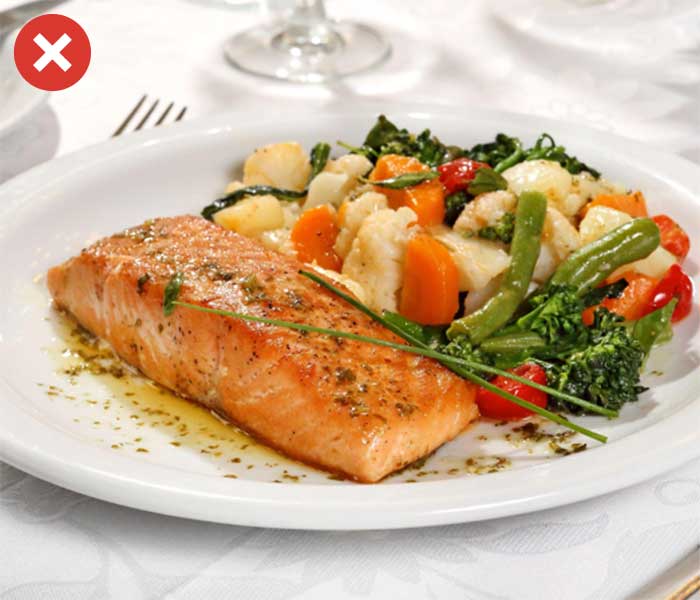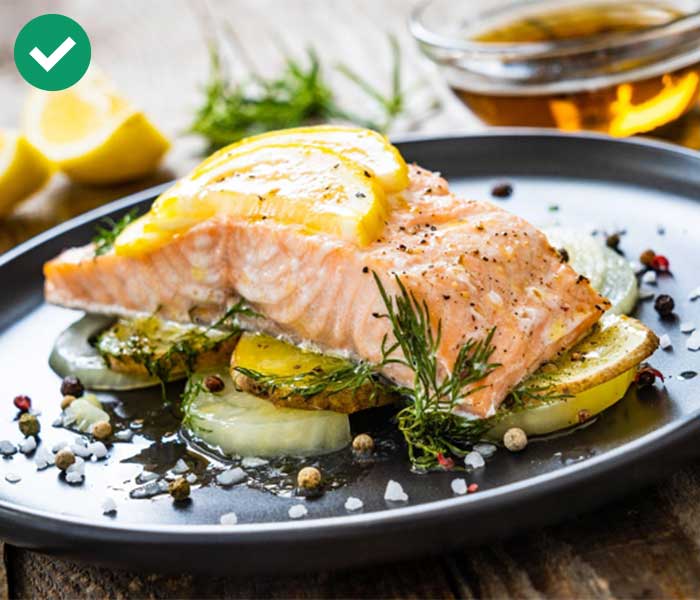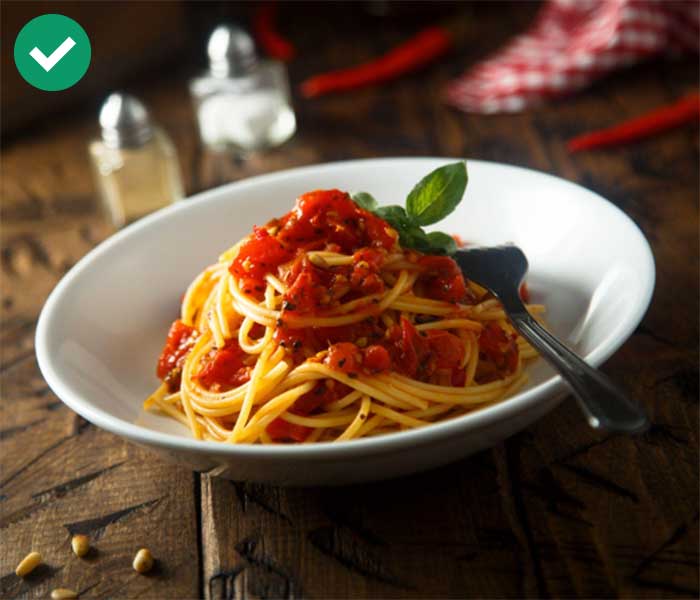
11 Oct Plating with Purpose
Mealtime is often the most important and anticipated part of our days, and since every meal sends a message, it is important to deliver that message as clearly, concisely and respectfully as possible. There is a direct correlation between the quality of dining and the quality of life. As new generations of residents decide where to live out the 3rd third of their lives, the message you send with your culinary program will not only affect your census but will also partially dictate your reputation in the surrounding communities. As the expectations surrounding food and the overall dining experience have evolved, it is essential that you make quality dining a priority.
You must consider ALL aspects of a quality dining experience. Making meals enjoyable and not just a way to fuel their day will transform lives.
Remember that dining is a sensory experience that can truly utilize all of the senses. Multi-sensory experiences are more enjoyable and satisfying. The sounds of utensils on plates, glasses being filled with ice, fresh-brewed coffee being slowly poured, people chatting and smiling as they enjoy each other’s company. The tantalizing aromas of cooking food escaping from the kitchen and wafting through the dining rooms. That first bite where the flavors come alive. And that over-the-top sensation of the different textures: The crunchy, the smooth, the hot, the cool, and all the combinations in between. But before you put that first morsel in your mouth, your eyes send the message to your brain that determines that final level of anticipation and sets the overall expectation.
We’ve all heard the phrase “you eat with your eyes first.” For those who are still blessed with the gift of sight, an immaculately composed plate of food that looks great is a huge part of the overall experience. Presentation matters. That doesn’t mean you have to get super fancy with swirling sauces and complicated designs or break out the tweezers to methodically place the tiny leaf of unidentifiable foliage. It simply means that where you put things on a plate matters. The time of the Ol’ Scoop and Plop is over. The notion that individual parts of the meal need to be compartmentalized and kept separate from each other is outdated. This institutionalized cafeteria mentality is demoralizing and unnecessary. This is still a common issue throughout the industry, especially in Assisted Living, Skilled Nursing, and Memory Care departments.


Take for instance a grilled cheese sandwich. You could put the whole sandwich on a plate as-is and do nothing else with it. It could be the best grilled cheese in the world, but does it look good? Do you get the message that whoever made that sandwich cares what you think about it? Did they make a genuine effort? Does it make you want to eat it? If you took that same grilled cheese sandwich, and cut it in half or quarters, and stacked it nicely so the melty, gooey cheese is visible and garnished with a piece of fresh fruit would it send the same message? You could also place a small pile of colorful greens in the center of the plate and stack the sandwich around it or use a colored plate with fresh herbs. Sandwiches are easy to dress up. The thickness of the bread, the color of the cheese and other ingredients and the placement of the side items is easy to experiment with and costs very little, if any, extra money.
Entrees are your place to really shine. Rather than a flat presentation of food placed side-by-side, go for a vertical presentation. Place the main protein on top of the sides so that all ingredients can be seen. You can even add a sprig or two of fresh herbs to give additional height. Sauce the right amount so everything is still visible, maybe around the inside rim of the plate. We call this “utilizing the center of the plate.” It takes no more time and costs no additional money to compose a plate rather than scoop and plop. Sides matter! Green items like green beans and asparagus need to still be green, not brown. This means cooking them properly in smaller batches, as close to service time as possible and not cooking them far in advance and holding them in a steam table or oven until they’re no longer palatable. Even textured and mechanical diets can be presented nicely. Some colorful herb oil or sprinkled spices can really make a huge impact visually, and the garnishing ingredients can easily be added to recipes to ensure dietary compliance. Color and contrast are key to visual stimulation, so when planning your meals try to incorporate sides and sauces that compliment, not cover-up.
Even plates matter and can have an impact and send a message. If you present your residents with their meals on disposable plates, what are you telling them? I ask this because I’ve seen it. Too many times. A nice piece of fish or steak served on a paper plate with plastic service ware does no justice to the food. I commonly see room service meals served in cheap to-go containers, rather than on a plate with a cover or lid. It sends a message that, “my budget is more important than your enjoyment.” Disposables often cost more than just having the appropriate amount of plates and flatware. A common oversight is not including service ware upgrades as a part of your budget planning. Modern plates have different, fun shapes. Square or rectangular plates have a greater visual impact than the old-school round or oval. Soup bowls can have wider rims and can double as pasta bowls that can help elevate presentation. Sandwiches can be served on wooden boards. Consider different colors for your plates as well.


To-Go packaging is important as well. Throwing everything into a Styrofoam box without thought sends a negative message. The to-go industry has evolved. You can now get nice paper bags with handles, sturdy and eye-appealing boxes made from environmentally friendly materials for only minimally more than you would pay for leaky paper boxes or chemical-emitting foam. As much effort should be placed on carry-out packaging as you would use for on-site plating.
Procedural improvements can greatly affect your food presentation. There are plenty of free online resources for ideas, and the libraries have huge selections of cookbooks with pictures. And if your mentality is “but this isn’t a restaurant and we don’t have time,” you need to realize that yes, it is. And yes, you do. Because there are countless other communities out there with the same budgets who are making it happen across the continuum of care. We have to stop making excuses for poor food and poor presentation. It’s time to send the proper message. So, plate with a purpose and help your residents eat with their eyes.


Takeout Container Resources
Plating Resources
